|
Who are the teachers at Syrendell Summer Camp 2017? They are people who draw inspiration from Nature, cultural roots, and parents. And from a bull sire named Chester! Meet Karen Hansen, our AfterCamp teacher and faciliator. 1) Where were you born and where did you live as a kid?
I was born in Cali, Colombia. I lived in Colombia and California as a kid. I'm grateful I got to live in another country and culture as a child. It gifted me important perspective I carried into adulthood. 2) What did you like to do as a kid? I loved Nature…exploring outside …trees, plants, flowers, stones….warm rain …sun. My father was a master gardener, so our yard and garden were a wonderland for me - delicious too! My mom was a master gardener with indoor plants. We grew up without a TV, so we were outside as much as possible. 3) Who were one of your heroes growing up and why? My mother. She was an amazing person who came from a simple indigenous background and beautiful culture and became a career woman and then mother. She led a life of service and touched a lot of people for the better in her life. She's still a hero to me! 4) What/who motivated you to become a teacher? My mother. She was a teacher. She raised me in a way that reflected every moment of life as an education. She taught me the value of giving and sharing, especially with children. 5) What inspires you to be creative? Bottom line….Nature! There is a flow that we are all a part of. It's never turned off. It's always there if we just allow it. I love the thought, the knowing, that we are all inter~connected by this flow. 6) Do you have a pet? What is its name? I don't have a pet presently but not long ago I had a buffalo herd and Chester was our bull sire. He was an amazing Teacher. At 2400 pounds his presence was profound, and I am grateful to have known him and his herd so closely. 7) What is one of your favorite foods? Ummm…that's a hard one, as there are so many….but on a sunny day like right now…a perfectly ripe papaya sounds heavenly! 8) If you were a superhero, what would your superpower be? Oh this changes from time to time… today I think I'd like something like teleportation for myself and the power to take others with me (willingly of course:). I could travel freely and take friends with me. ….Where shall we go? 9) Why do you want to teach at Syrendell Summer Camp? It's an amazing staff with a profound love for children and all their Potential. The location is ideal with Nature holding us as we explore. This relationship with Nature as we share time together enriches us all! Who are the teachers at Syrendell Summer Camp 2017? They are people who are kids at heart, never outgrowing their spirit of imagination and wonder. Meet Rick Tan, our woodworking instructor and camp co-director. 1) Where were you born and where did you live as a kid? I was born in the Philippines. We (mom, dad, and two younger brothers) emigrated to the United States when I was five, landing in Chicago, Illinois. After three years of chilly winters, we headed to sunny California, where I lived in Sacramento for most of my childhood years, and our family grew by two more brothers! 2) What did you like to do as a kid? I enjoyed playing outside! In the provinces of the Philippines, I remember being outdoors for most of the day, playing with my brothers under the fruit trees, chasing chickens, digging in the dirt, hunting for spiders, chewing on sugar cane. 3) Who were one of your heroes growing up and why? Aside from my parents, I would say Lolo Victor (my maternal grandfather). He sparked my love for art when he taught me how to draw a bird when I was only 4 years old. I remember how encouraging he was when I proudly showed him my drawing. Whether it really looked like a bird or not, I just knew I was forever hooked on the creative process. 4) What/who motivated you to become a teacher? There was no "Aha!" moment. In fact, teaching was not my original path. I had studied to practice medicine, but my heart fell away from it after graduating med school to raise a family. Jennifer was at the time (twenty years ago) working her way up as a school administrator, and I became a substitute teacher in the school district. I discovered that being in service to humanity and being a healer could also be accomplished in the classroom. 5) What inspires you to be creative? I am inspired by the thrilling notion of bringing an imagined idea or concept into the sense world. It's the Renaissance spirit (Leonardo da Vinci, another hero). Whether it is a piece of furniture, a play, a painting, or a musical composition, the process of making it tangible to see, hear, feel, and touch is exhilarating. It most often starts with, "How can I do it?" 6) Do you have a pet? What is its name? We have a tuxedo cat named George. He was born the day before my family moved from Fair Oaks, CA, to Davis, from a stray momma cat who adopted us a month or two before that. We also have a bunny named Bun-Bun. The two like to forage in the backyard. 7) What is one of your favorite foods? There are several traditional Filipino dishes that I love, love, loved as a kid, and still do - comfort foods that my taste buds will always crave - adobo, kare-kare, dinuguan, lumpia! Or fried calamari, when it's on the menu. Sashimi, on special occasions. ONLY ONE?! 8) If you were a superhero, what would your superpower be? Possessing a chi-bending skill like the Force. 9) Why do you want to teach at Syrendell Summer Camp? My wife Jennifer and I wanted to create something special for families who share the same vision for their children of a wholesome, joyful, creative, inspiring hands-on program. It is a way for us to give to our community a unique experience, a top-notch camp experience, with super-talented and super-dedicated people like Trisha and Brian and Karen. Who are the teachers at Syrendell Summer Camp 2017? They are creative people with a passion for teaching. And snacking! Meet Brian Wolfe, our culinary arts instructor. 1) Where were you born and where did you live as a kid? I was born in Juneau, Alaska. I grew up in a military family and we moved every two years until I was in high school. I don't remember living in Alaska (it was probably too cold for me anyway). When I was a kid we lived in Alaska, Virginia, Arizona, New Mexico, and California. 2) What did you like to do as a kid? As a kid, I loved martial arts, playing baseball and basketball, collecting baseball cards, drawing and painting, playing the guitar, and snacking! (I guess this is what I like to do as an adult too). 3) Who were one of your heroes growing up and why? My Dad has always been a hero to me. He inspired me to be interested in a wide range of activities and to always strive to learn more about myself and the world around me. He was a Commander in the Coast Guard, a Judo black belt, an architect, musician, and he now owns a community theater! From martial arts to music to painting back drops for plays, my love for the arts comes from my dad. 4) What/who motivated you to become a teacher? My mom was an elementary school teacher for 30 years. Her dedication and passion for teaching definitely rubbed off on me. I was also lucky enough to have some amazing coaches and martial arts instructors growing up. The inspiration that I've received from good teachers in my life inspire me to be the best teacher I can be. 5) What inspires you to be creative? As an introvert, I'm not always the most socially outgoing person. Art and music has been a great way for me to express myself and connect with people. I also love to be creative when I cook and I'm grateful to have a family that puts up with me making a huge mess in the kitchen and testing out all of my recipes on them. 6) Do you have a pet? What is its name? One of our cats is named Hendrix after the greatest rock guitar player who ever lived. Hendrix the cat has a big ego, loves attention, and he's an accomplished hunter. Our other cat, Henley, is a giant, reclusive Maine coon named after Don Henley, drummer and lead singer for the Eagles. Our cats are rock stars. 7) What is one of your favorite foods? I love a good turkey sandwich with everything on it! Turkey, cheese, lettuce, tomatoes, avocado, bacon, dijon mustard, mayonnaise, toasted sourdough bread! 8) If you were a superhero, what would your superpower be? I would be able to make turkey sandwiches appear out of thin air! This is such a tough question. Actually, I think time travel would be a really cool superpower! 9) Why do you want to teach at Syrendell Summer Camp? Rick and Jennifer Tan see everything through a beautiful, artistic lens. The attention to detail, quality of staff, and atmosphere of creativity and fun is like no other camp for kids out there. AND, I get to cook great food with the kids and EAT all week! Arts, crafts, food, play... what more can you ask for!? Who are the teachers that teach at Syrendell Summer Camp? They are kind, creative souls who were once children too! This is first of a series of interviews with these wonderful nature folk. Meet Trisha Lambert, our early childhood track instructor. 1) Where were you born and where did you live as a kid? I was born in San Diego and lived there my whole life until I moved to Davis for College. 2) What did you like to do as a kid? As a kid I loved being outside, at the beach, playing in the canyons and going to the San Diego Zoo when ever I could. In my early teens I walked everywhere with my best friend- we walked miles home from school just to be together, we would just talk and talk the whole way. In the summer we would walk miles to the beach because we just loved to walk and felt like we had all the time in the world. 3) Who were one of your heroes growing up and why? My dad was my biggest hero! He knew so much about everything- especially plants and gardening. I still love to garden. I also remember him motivating me to have good spelling- he could connect any possible grown up job to needing to have good spelling! 4) What/who motivated you to become a teacher? A love of children. 5) What inspires you to be creative? Nature the most, if I don't have much time in nature I find I have trouble being creative. 6) Do you have a pet? What is its name? Shadow. I found him when he was a tiny, tiny kitten in the snow in South Dakota. 7) What is one of your favorite foods? I really enjoy fresh berries in the summer. I currently live surrounded by berries! Heaven! 8) If you were a superhero, what would your superpower be? To be able to heal all people with love. 9) Why do you want to teach at Syrendell Summer Camp? I love working with young children and I love the adults that run the camp. I love crafting! and enjoying helping children learn that they too can be creative. My brother recently forwarded an article called "Regrets of the Dying". As my four brothers and I get older, and with parents who are in their golden years, certain topics begin to crop up as gaining some level of relevance. However, being in reasonably good health, all of us, and though I am facing the big 5-0 this year, I know his intention was to raise our awareness NOW, while we're healthy and young, or young-ish! The author of the article is Bronnie Ware, a palliative care giver in New South Wales, Australia. She worked with the terminally ill and dying, and she compiled a top five list of regrets that people expressed when "they are faced with their own mortality." Read Bronnie Ware's blog post here. Here are the Top Five Regrets by Bronnie Ware: 1. I wish I’d had the courage to live a life true to myself, not the life others expected of me. 2. I wish I hadn’t worked so hard. 3. I wish I’d had the courage to express my feelings. 4. I wish I had stayed in touch with my friends. 5. I wish that I had let myself be happier. We all can look back at even just the day before today and re-evaluate something we've done or failed to do. We might reflect and wish we could have done it differently. It's part of human nature, and how we grow and evolve and learn. What we don't want is to make the "shoulda, coulda, woulda" mantra become a chronic, life-long tale of self-loathing and regret. With that in mind, I made a list of remedies to combat the regrets, a one-on-one, hand-to-hand face off. Top Five Remedies to Combat the Top Five Regrets: 1. Now and every day, I tap into my creative inner being. Access your deep self - the place of intuition and imagination. Those thoughts are entirely your own, free from others' expectations. From there, let yourself be inspired by it. Now innovate - do something different, bold, true to yourself. Do this daily, and you come to realize how much courage you really do have to live an authentic life. 2. Now and every day, I find time to be a kid. Take your cues from children - they love to play! It brings out a sense of wonder, freedom, laughter, and pure joy, things we rarely associate with work. (If you are lucky, work is play!) More than we think, play and recreation have many benefits to our wellness, so it is advantageous to balance work and play. Make time for play, to be a kid. 3. Now and every day, I speak from my heart. We fear in our society being judged, being vulnerable, being labeled, so we often hold back on revealing our feelings. Those are real barriers to self-expression. But there are more mediums of expressing oneself than just through speech. Speak from the heart through painting, writing a song, a poem, or a blog post. And when you do find the words - don't worry if they are not perfect, they just have to be sincere. 4. Now and every day, I connect with someone I care about. It's a romantic notion to send a letter, sealed with wax, delivered by a rider on horseback, through the woods. Technology has allowed for Facebook, Skype, emails, and texting. All you need is a screen and your thumbs. Less romantic? Maybe so, but you have even less of an excuse not to reach out to someone! Despite the means, maintaining a connection with people is vital. Call today, horse not required. 5. Now and every day, I make something, love someone. The need to make stuff is a primal human quality. The need to love and be loved (nurture and be nurtured) is also a human trait. Happiness comes from our ability to fulfill these desires and needs. Making stuff can be as mundane as preparing a meal for your family or more involved such as building furniture. Create something with your hands! As for loving and being loved, happiness happens because we are reassured that we are not alone. Regret is a tough thing. The idea of time gone by wasted makes us uneasy. Our mortality is limited, so the best we can do is optimize our life on earth, living creatively, connected, compassionately, now and every day. Rick Tan About the Artist of "Portrait of My Father"
Stephen Kaltenbach (b.1970) studied at the University of California at Davis, where he was mentored by Robert Arneson. In the 1960s he was at the center of New York's avant-garde, where he became known for conceptual work, such as bronze time capsules. In the 1970s he returned to California and focused on painting, but since the 1980s he has created sculpture and media installations. No mention of a teaching career is made in online biographies. "Portrait of My Father" was painted from 1972-79 as a tribute to his father. We formed a circle with our mandala stones - the final workshop in our 3-day Syrendell Winter Retreat. Each river rock represented an individual - an artist, a scientist, a photographer, an innkeeper, a coordinator, a brewmaster. Each rock a constellation. Each constellation one universe. We are all unified by the human desire to be creative. Being creative is honoring earth's bounty, accepting the gifts of the elements, using our own hands. Creating is in our nature, and most certainly comes from a wellspring of loving intent. It connects us, nourishes and heals us, completes us. Now if only we can get our world leaders to all be together to braid yarn, paint stones, sand wood, and go wine tasting in Calistoga, CA...! Syrendell Winter Retreat 2017 from Rick Tan on Vimeo.
VENUE | Brannan Cottage Inn
WORKSHOPS | Syrendell PHOTOGRAPHY | Nick Graham Photography CATERING | All Seasons Napa VINTAGE RENTALS | Graceful Gatherings LINENS | La Tavola DECOR AND FLORALS | Tan Weddings & Events WOOL and YARN | Mama Jude's As the parent zips up his little one's jacket and puts lunch in the backpack, readying him for school, he gets eye level with the child and instructs, "Now remember to say 'Thank you', play fair, and keep your hands to yourself."
"Yes, papa." Most parents believe that curriculum and skill building are taught at school, while core values such as politeness and respect are taught at home. Parents take on the responsibility of raising courteous people. The reality is, to reinforce these values, the other parents of the children in the classroom all need to share the same values. So in truth, developing the SELF means developing SOCIAL WELLNESS, and vice versa. In this regard, every classroom is a setting for teaching the whole human. Social behavior among children is a reflection of parenting philosophies. So you can easily see the challenge and frustration of putting children in a classroom together whose parents (and teachers) have different expectations about behavior and discipline. Like the curriculum or physical development, social expectations can also be tabulated and measured - benchmarks for social development. Using Steiner's developmental goals of the curriculum, putting it side by side with other philosophies, and listing associated values and demonstrable social expectations, I created a table called "Social Wellness Milestones through the Grades". It is a work in progress that sequences the development of social skills from grades one through nine. Regard it as minimum requirements for student social health and wellness. Click on the button below for a downloadable pdf . What makes us human is our ability and desire to create. It's in our blood to transform the natural materials around us into shelter, tools, clothing, art, and food. We are in a constant and dynamic relationship to the elements - to fire, wood, water, and earth. We are also in a most amazing relationship with one another. Syrendell's Winter Retreat "for couples and bffs" explores the idea that we are creative people who want to be creative together! If you look back to the Renaissance, the explosion of science, art, and exploration were a result of the momentum of entire cultures and communities discovering and learning together. In the rugged elegance of California's wine country region, nestled in the romance of historical Brannan Cottage Inn in Calistoga, we welcome you and your significant other or bff to join us in celebrating the human experience of creativity...with wine and conversations! Hope to see the two of you soon, Rick and Jennifer Tan The title of the article posted on the Huffington Post captured my attention: "Nine Elephants in the (Class)Room That Should Unsettle Us". Having taught in classrooms that barely hold students, their desks, and mismatched bookcases, I imagined nine pachyderms crammed into a meager box, vying for space with the teacher and students. Teaching and learning would pretty much be impossible! And perhaps that is the image the author Will Richardson wants us to have so we can confront the question he wants us to ask: How can we keep ignoring nine large land mammals in the same classroom as our children? Here is Richardson's list of the nine elephants: 1. We know that most of our students will forget most of the content that they “learn” in school. 2. We know that most of our students are bored and disengaged in school. 3. We know that deep, lasting learning requires conditions that schools and classrooms simply were not built for. 4. We know that we’re not assessing many of the things that really matter for future success. 5. We know that grades, not learning, are the outcomes that students and parents are most interested in. 6. We know that curriculum is just a guess. 7. We know that separating learning into discrete subjects and time blocks is not the best way to prepare kids for the real world. 8. We know (I think) that the system of education as currently constructed is not adequately preparing kids for what follows if and when they graduate. 9. And finally, we know that learning that sticks is usually learned informally, that explicit knowledge accounts for very little of our success in most professions. In his article, Mr. Richardson supports each of the troubling statements with a brief description. You can find his article by clicking here. You can know more about him here. You may or may not agree with each of the elephants he poses, and you may even have some more of your own. But in any case, we need to figure out how to tame these elephants, or better yet, release them into the wild and set them free! This is no easy feat, and it would take time, and money, and resources, not to mention, the decision to actually do something about it! We all have our opinions of how to tackle it, and this particular blog post simply offers one way that you can do something about it. While the elephants occupy space, and prance about the classroom, wreaking all sorts of havoc with short and long term repercussions, perhaps as a parent, and not as a policy-maker, you can choose to take your child out of the classroom and do what 2.3 million families in the US are currently doing: homeschooling. Let's look at each of those elephants again, and how homeschooling gets those pachyderms packing! 1. We know that most of our students will forget most of the content that they “learn” in school. Richardson poses that the reason students forget most of what they learn is due to the fact that the content they are expected to know has "little or no relevance to students’ real lives". When schooling at home, every day at "school" is an experience of every day family life. So when a homeschool parent has the agility to turn gardening, cooking, and shopping for food into lessons in botany, social studies, and economics, then learning becomes relevant, and there is a higher chance of the child retaining the "content" because it is a real world experience. 2. We know that most of our students are bored and disengaged in school. According to Richardson's article, only 17% of high school students surveyed said that they have fun in school. The majority are not involved and are not enthusiastic about school; they are disengaged and bored. At home, we don't like using the word "bored"! There are just too many activities to choose from to fill time with, even if that time filler is simply folding clothes. Every family member is an active participant. And unlike a classroom with 20+ students, a home is more responsive to the imaginations and inclinations of your own children. In your own home, you have the flexibility for spontaneity, and the freedom to guide and inspire your child towards fruitful endeavors. With the freedom as well for the child to choose his or her activity, including having down-time, playing with siblings, and just letting imaginations flow through self-initiated activities, enthusiasm is not hard to come by! 3. We know that deep, lasting learning requires conditions that schools and classrooms simply were not built for. Classroom learning is subjugated to keeping on task, on time, on content, and as such learning can become superficial, rushed, and contrived. Educators are obligated to follow a a prescribed course. With homeschooling, there is more freedom, and learning is opened up to the how (process of skill development) and the why (capacity building) compared to just the what (content acquisition). This experience of discovery and wonderment is found in the homeschool setting. By virtue of the breadth of resources that a parent educator can pull from, and that the sensory world is available at any given moment, every step of the homeschool journey is an opportunity to create new pathways. It is like unfolding a map, finding where you are, and seeing that in every direction there is something waiting to be explored! Without pre-determined routes, our thinking and feeling become active participants, allowing for meaningful and memorable learning experiences. A home seems to be better built for "deep, lasting learning". 4. We know that we’re not assessing many of the things that really matter for future success. It is easy to assess curriculum recall and basic skills acquisition in K-12 schooling, but are these the most important? What are difficult to assess - the things that matter more - are creativity, curiosity, and the ability to connect. So, are assessments even worthwhile doing, or if they are valuable, is there a way to measure creativity, curiosity, and connection? As a parent educator who knows the temperament of his or her own child, and can monitor progress and learning in a more organic and practical way, administering a test seems detached from the real experiences of the child. If a homeschooling parent can ask the child to add up items from the grocery store, or explain why the shadows look the way they do on their afternoon stroll, or draw a picture of a historical figure, then those serve well as assessments of learning. 5. We know that grades, not learning, are the outcomes that students and parents are most interested in. Grades are a convenient way to scale the progress of a student, but how much importance should we place on them? The higher grades feed the sense of extreme pressure, the lower grades fan the feelings of shame and disappointment. Whatever the grade, when a grading system is carried through high school and college, it leaves an indelible mark upon the child, the teen, the young adult - an artificial measure of human worth and value. Grades? Huh? Freed from grades as a measure of success, the homeschool student instead gains a sense of personal accomplishment in the feedback of working through lessons and completing lessons and projects. With gentle evaluation and encouragement, the homeschool parent can help the student improve skills and techniques, and take ownership of personal learning outcomes. So instead of external, superficial drivers of education such as grades, the learning comes from an internal, deeper driver, the self. Self-worth and self-esteem are built through through perseverance, responsibility, passion - true measures of being human. 6. We know that curriculum is just a guess. Richardson describes the 1894 "Committee of Ten" as "middle-aged white guys," who were responsible for setting down the curriculum we follow today. Whether from them or from other movements in education, including Waldorf, curriculum should never become dogmatic, dispensed to the masses by a charismatic, powerful, and highly opinionated few. But, as Richardson bravely states, curriculum "is just a guess." And the other point Richardson makes is that, with information so accessible, it seems that we can shift classroom time to other endeavors such as building capacities of learning. In homeschooling, capacity and content can be equally nurtured. The parent has a more intimate connection with the pupil, so that while the parent may be following current grade-level standards, delivery of curriculum is more capacity-oriented. When learning is approached this way, we can shift the focus from being curriculum-oriented to capacity-oriented and interest-directed. If curriculum is "just a guess" anyway, then we could approach the learning of content by looking at what the child seems most interested in, what seems relevant, socially-responsible, moral, and just plain fun to learn! 7. We know that separating learning into discrete subjects and time blocks is not the best way to prepare kids for the real world. Schools are skills-driven, and therefore the neatest way to account for learning objectives is by discrete subjects, and the neatest way to assure that curriculum is being met is by linear time blocks. Homeschooling allows for a less linear approach because parent educators are not so bound by a checklist of skills. They can have a more holistic perspective of their own children in terms of developmental milestones. Homeschooling encourages a spherical journey. It can allow for cross-discipline learning and integration. The real world is fluid, dynamic, and interconnected. Homeschooling thrives on an integrated learning model. Learning human anatomy, for instance, does not have to be a semester subject in middle school or high school, or a four-week block in a Waldorf school. The child who is learning at home can learn about the human ear, for instance, after reporting that the car ride back from the mountains his hearing seemed muffled. A homeschooling parent has to be an opportunist - seeing learning everywhere, and connecting real-world experience with teachable concepts. 8. We know (I think) that the system of education as currently constructed is not adequately preparing kids for what follows if and when they graduate. Richardson states, "SAT scores are flat; Americans rank last in problem solving using technology; kids are Internet illiterate; most professors find high school grads unprepared for college or work; and on and on (not to mention the engagement issues mentioned above)." Maybe what is being taught is not what is being tested. Maybe what is being tested does not align with what students are expected to know. Maybe what we ought to know in the future is not something anyone can or should predict and prescribe. There are so many uncertainties here that the system of education almost feels like it needs a complete overhaul. And until that time when it can be examined and the right actions taken, we have to be adaptive, open, creative, resilient, flexible, aware, sensitive, keen, intuitive, imaginative, inspired, innovative. Wow! All things homeschooling affords - go figure! 9. And finally, we know that learning that sticks is usually learned informally, that explicit knowledge accounts for very little of our success in most professions. Richardson believes that "the ability to learn from others, in the moment, both face to face and in networks is vastly more important and effective." Teachers are trained to create lesson plans a year or mroe in advance, to have the curriculum all laid out, with biographies and concepts all prepared, with worksheets, lectures, and tests ready to go. It's a sensible plan, but maybe not necessarily the only or most fruitful plan. There should be room for spontaneous and extemporaneous learning where it seems that a lasting impression happens because it happened at the right moment with the right conditions that no one can foresee. It's about going with the flow. Homeschooling, though there is a good measure of preparedness and planning, has the benefit of allowing for learning that happens "in the moment". The interactions of child and parent, siblings, a pet, the neighbor, the errands to the store, or those things that just come up in a homeschooling day are often unplanned and yet, somehow, they become the most memorable and meaningful to the homeschooling child. Meaningful. When we don't know where the future will take us, and when we don't entrench ourselves too deeply with the workings of the past or the prescribed, we can be more present. For the kids. Homeschooling gives us this kind of time with our kids. At the center is not the aim for grooming leaders and entrepreneurs or historians and scientists. Just for meaningful time as a family. Everything else follows. And as a homeschooling family in our humble home, there's just no room for elephants. Blessings, Rick Tan In 1903, President Theodore Roosevelt camped with John Muir in Yosemite. In 2016, Roosevelt and Muir camped again, this time being visited by gnomes! It was our homeschooling play at Davis Wholisitic Learning Resources called The Range of Light. Along with Muir's friend and mentor Jeanne Carr, a poet named Harriet Monroe, and photographer Ansel Adams, Roosevelt and Muir encounter more than the pristine beauty of Yosemite - they meet four young gnomes who call the valley their home. In our ten-weeks of drama class at Davis WLR, the students experienced the process of putting on and performing a play. When Aristotle compiled the Six Essential Elements of Drama over 2000 years ago (THEME, PLOT, CHARACTERS. DIALOGUE, RHYTHM, and SPECTACLE), he recognized that theater arts is as much about the artistic process as it is about the shared experience of the performance. The work of producing a dramatic retelling of a story requires reading and memorization, delivery and recitation, collaboration and cooperation, music and singing, art and crafts. In this theatrical medium, skills that are honed in the students in language arts, practical arts, and performing arts are creatively taught and practiced. Additionally, in the eighth grade, the elements of theater such as the script, the cast, and set are introduced so the students can further their appreciation of this age-old craft. The curriculum lives through the play. On a deeper level, the teacher has the opportunity to meet the child's soul force by thoughtfully giving the child a particular character to portray. Through the character, the teacher is able to individually tailor a lesson for the child, whether the child needs more practice in reading or memorization, or that the child needs to learn some kind of social dynamic, or some underlying truth about him or herself. After all the practice and the hard work, the play is ready to be performed. The theater arts is meant to be shared and experienced by others, the audience. A relationship is formed in that beautiful moment of a live performance. This is what makes a play so thrilling and raw and powerful. When the play is performed by the children of parents who make up the audience, the pride of the production completes the arc of a school play. In The Range of Light, Roosevelt, or Teddy Rosebud as the gnomes call him, learn about conservation, the cast sing a song about Yosemite, and we all share in the fun of a class play. |
Archives
June 2023
|




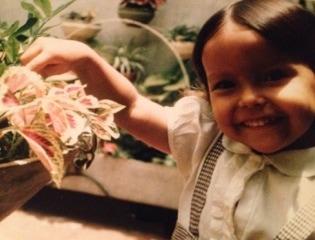
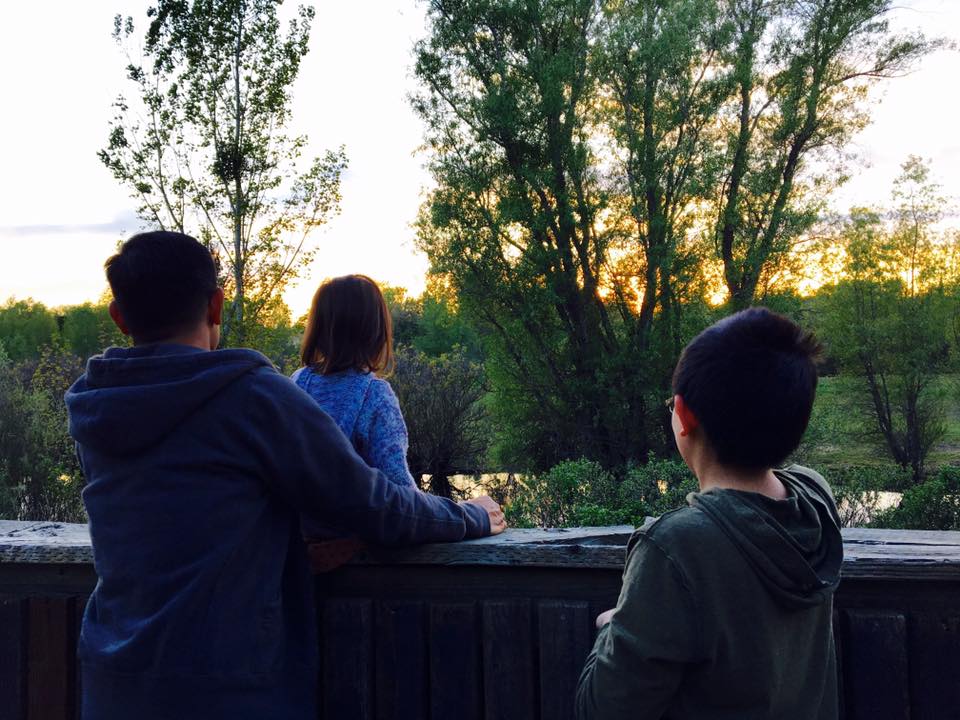
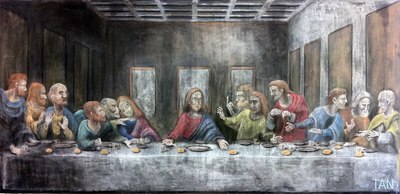
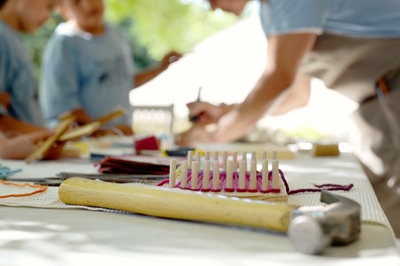

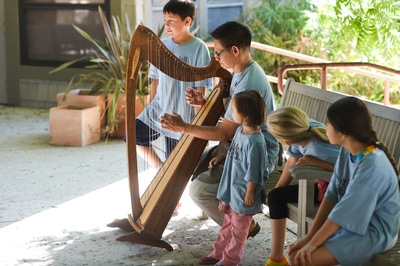
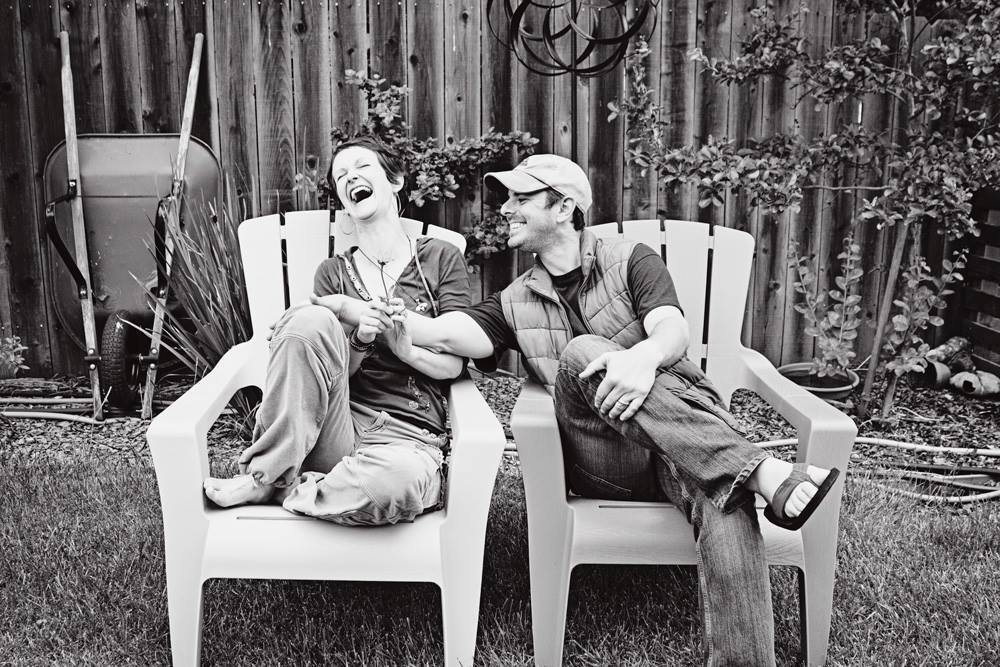
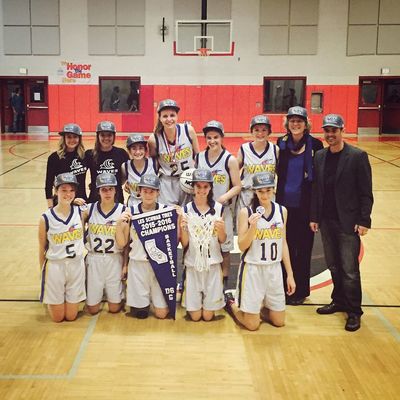
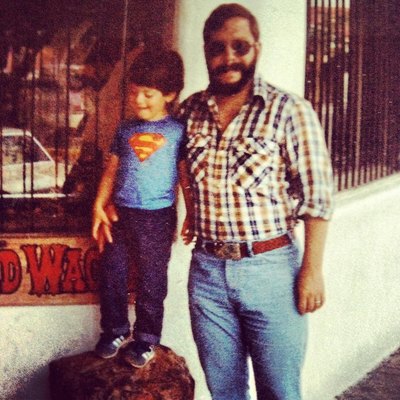
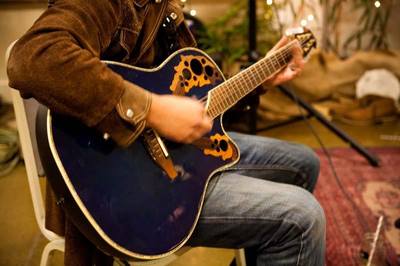
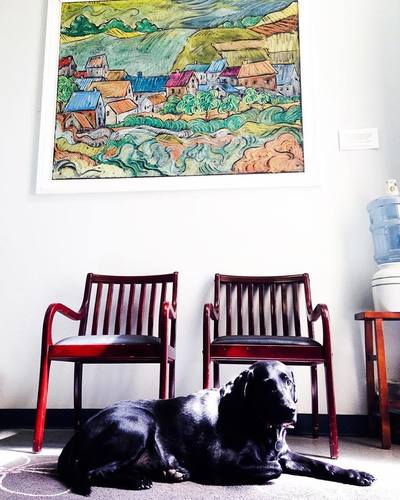
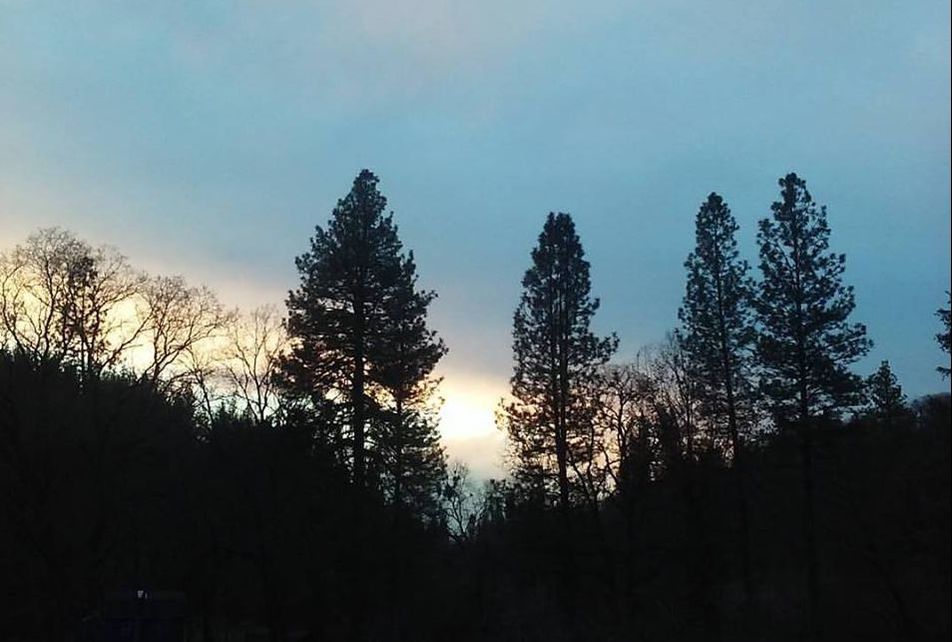
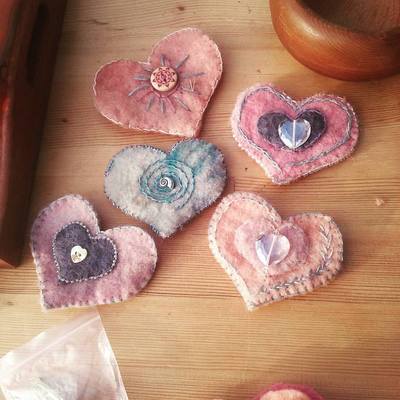

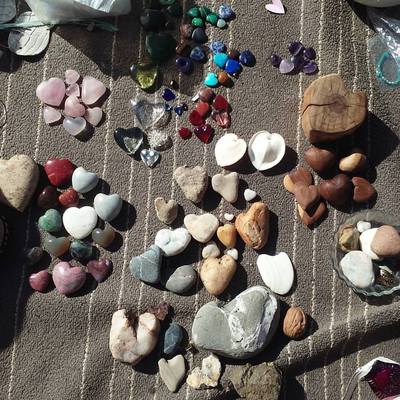
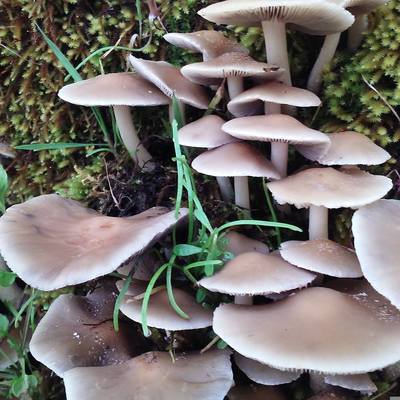
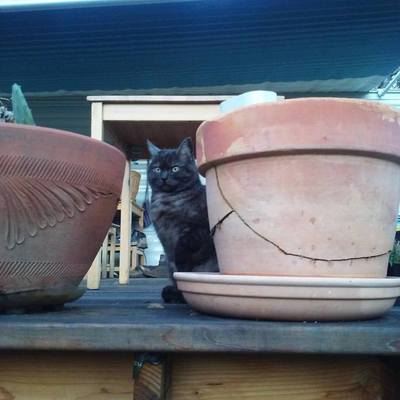
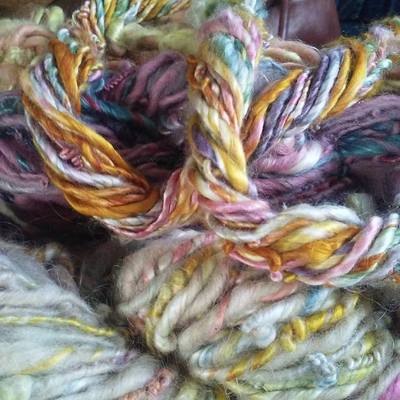
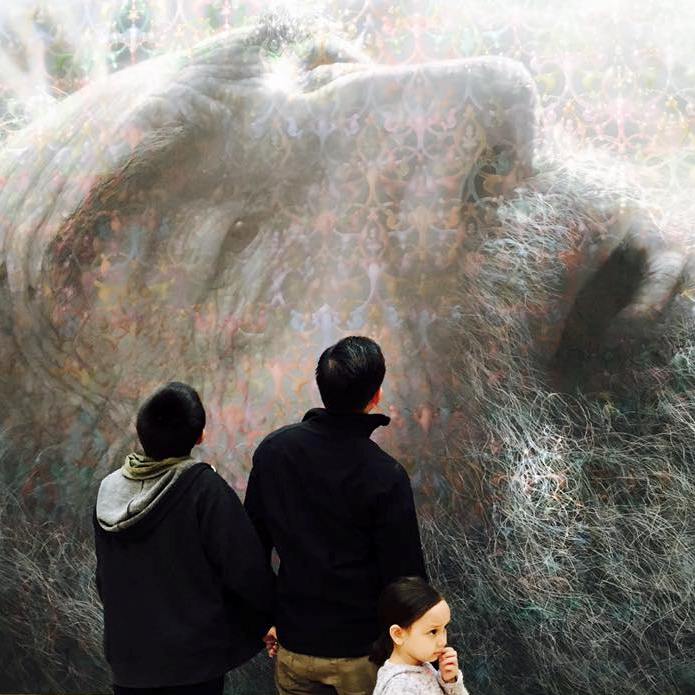
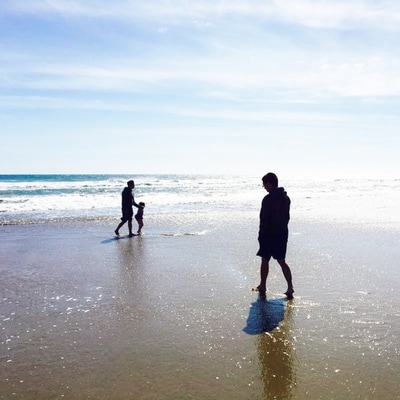
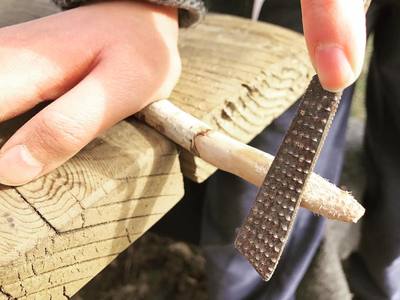
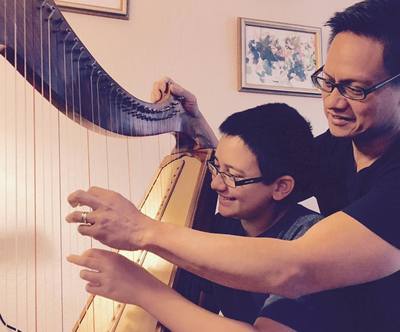

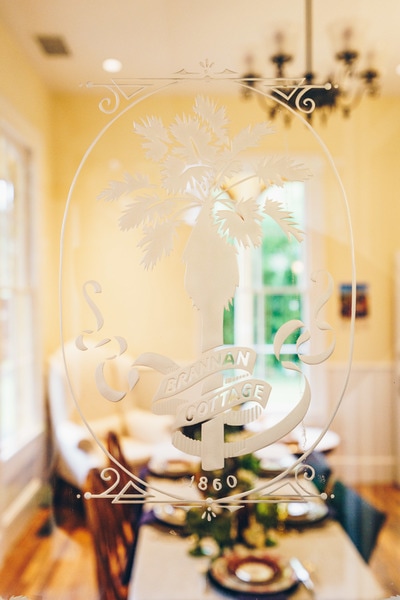
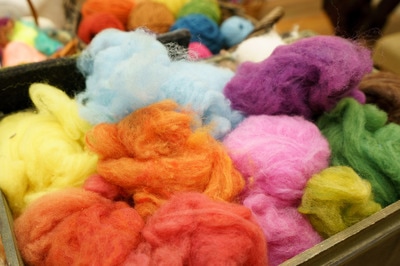
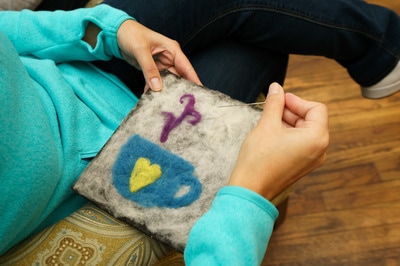
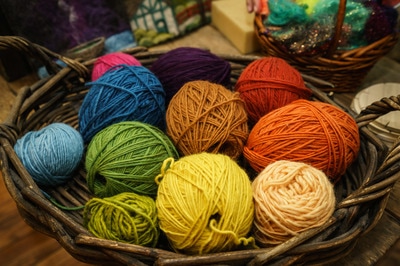
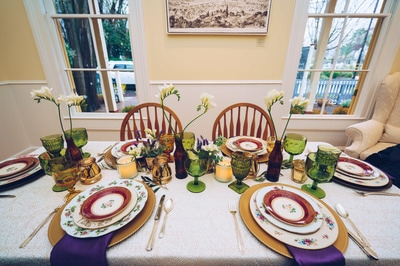
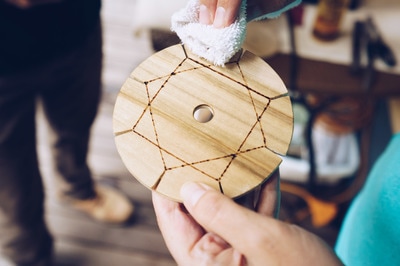

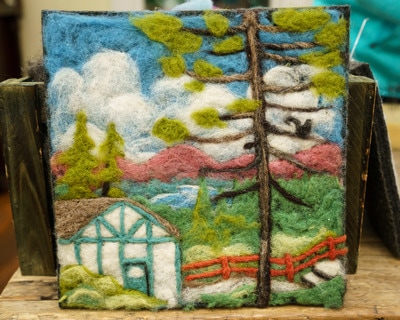
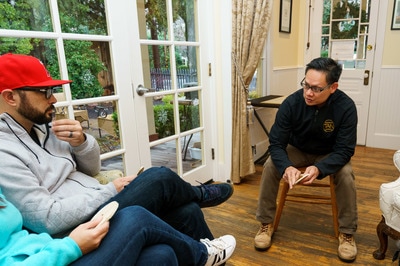
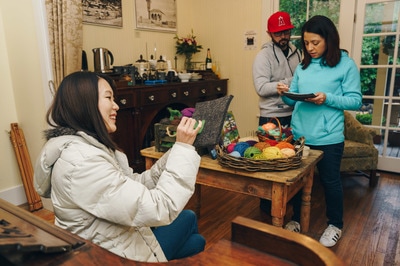
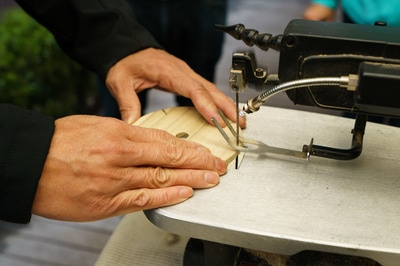
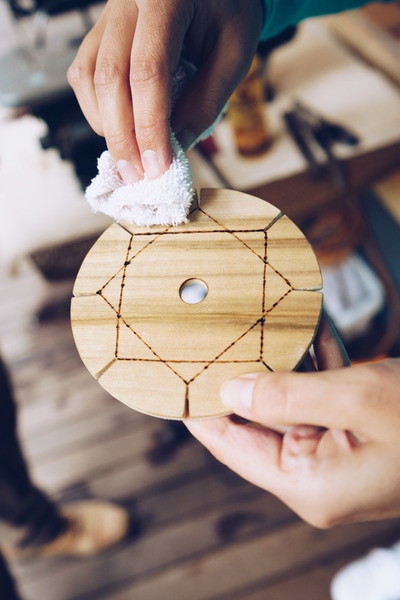
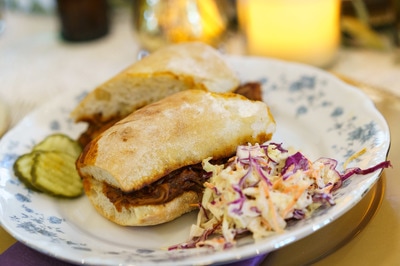
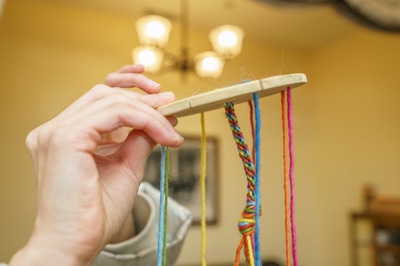

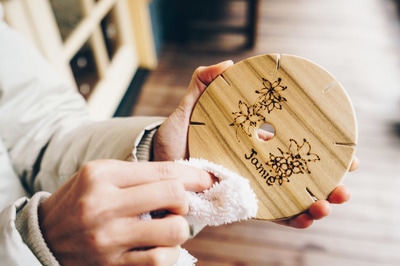
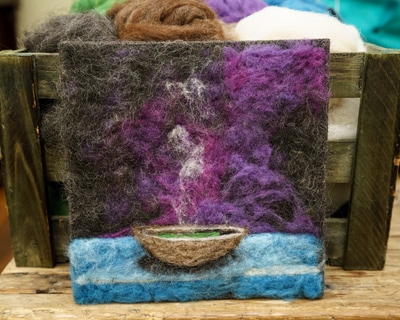
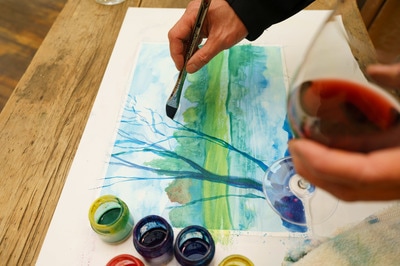
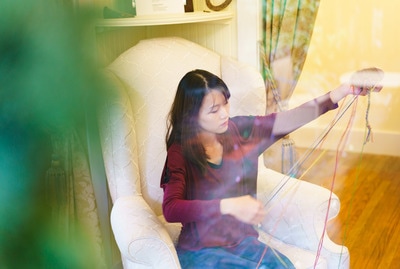
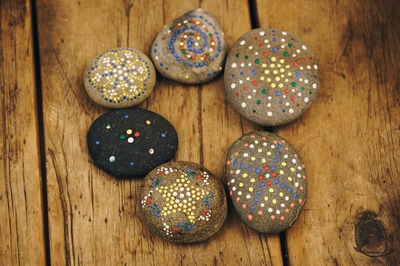



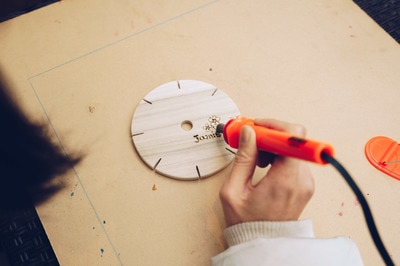
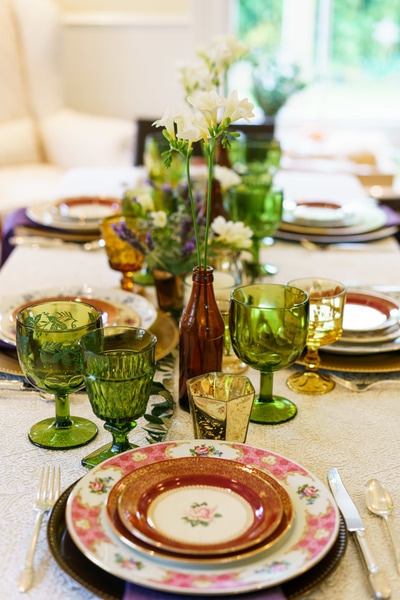
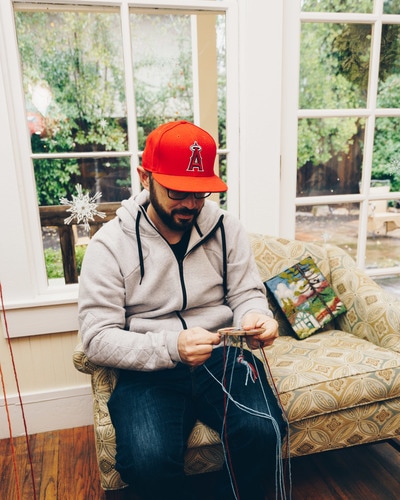
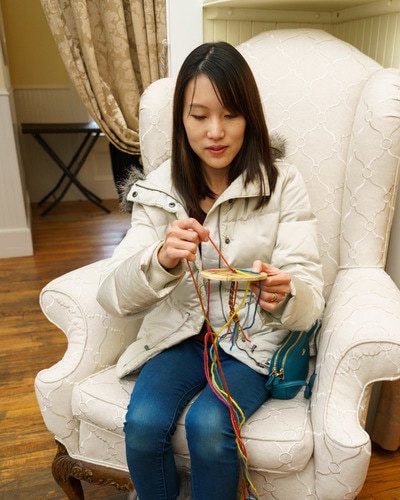

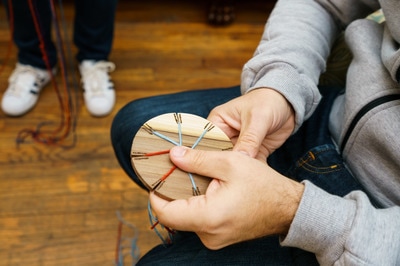

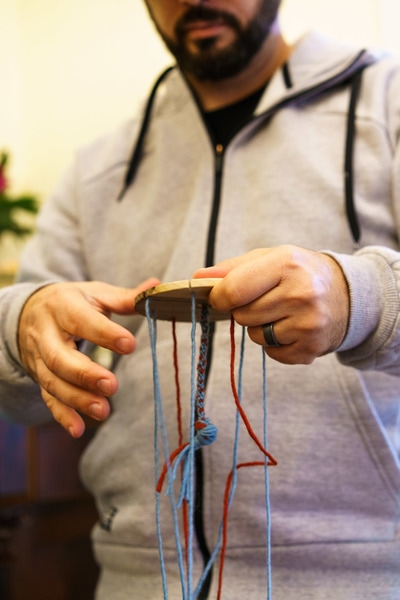
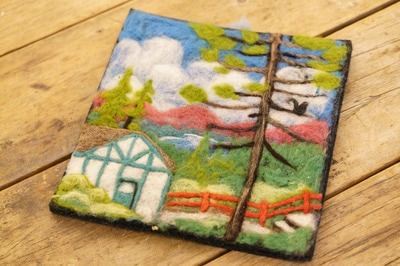


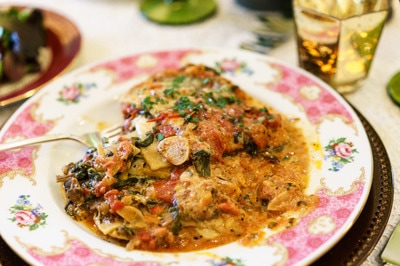
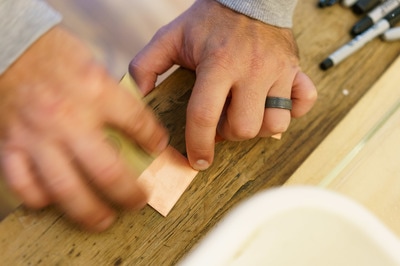


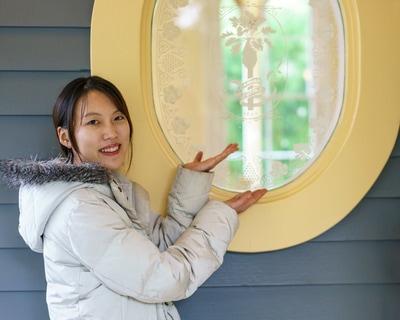
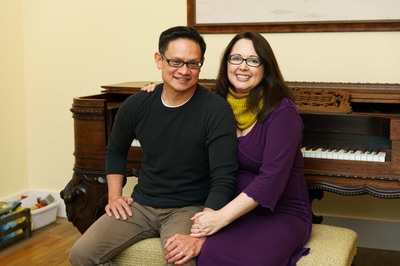

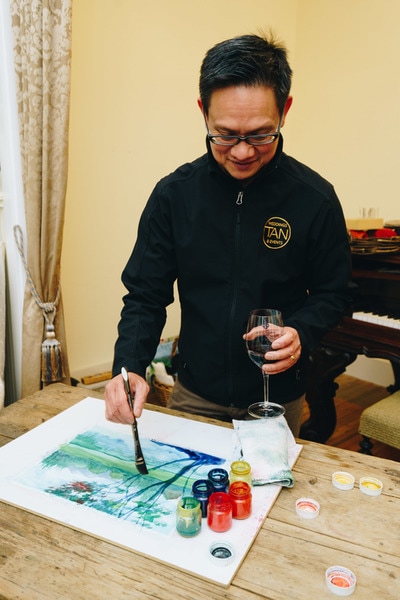

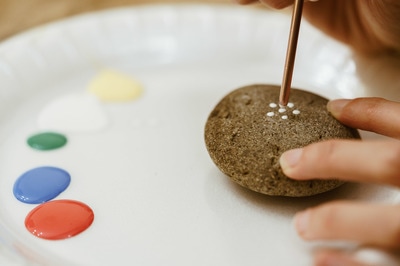
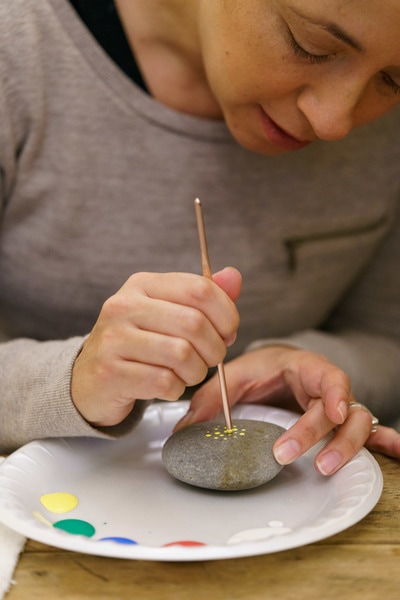
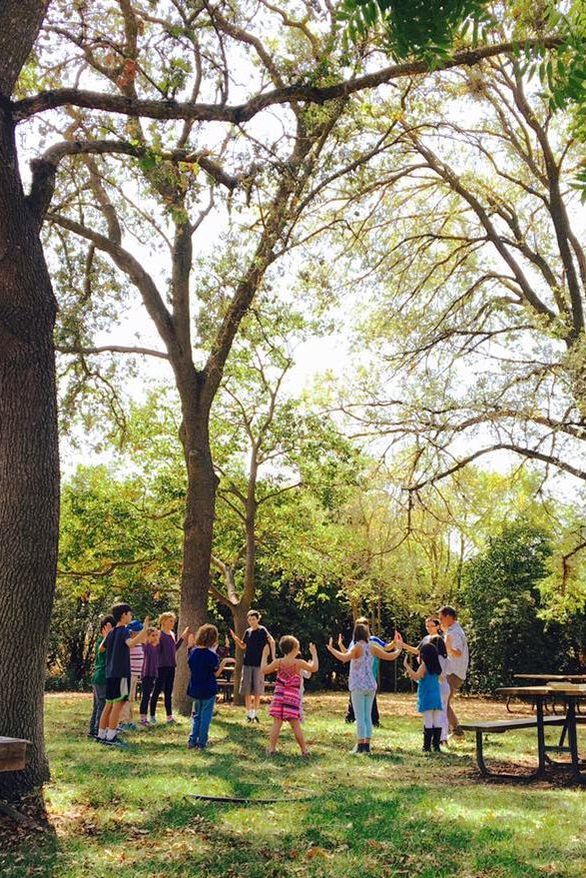
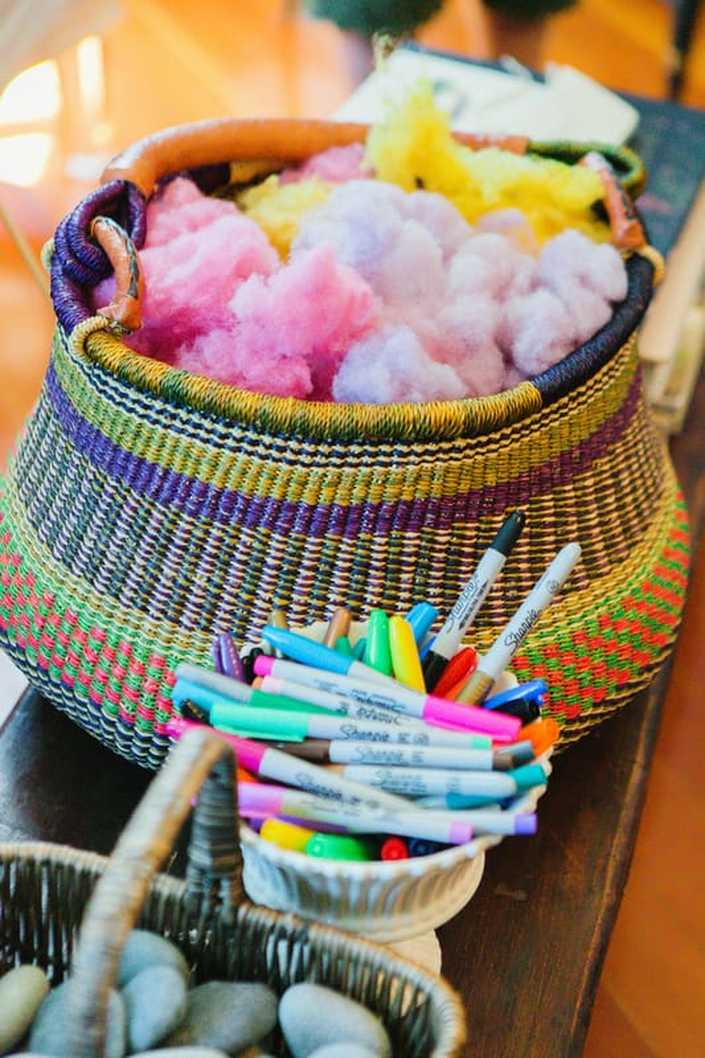
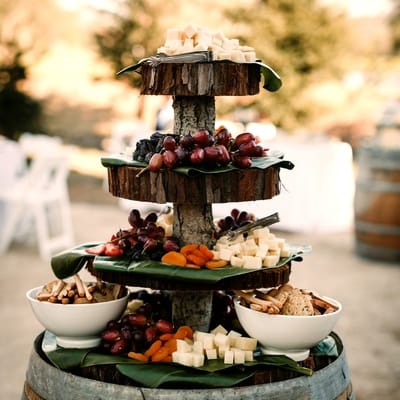

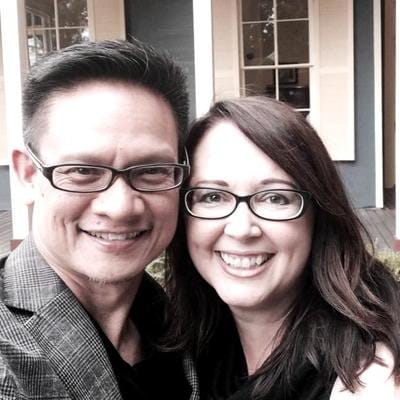

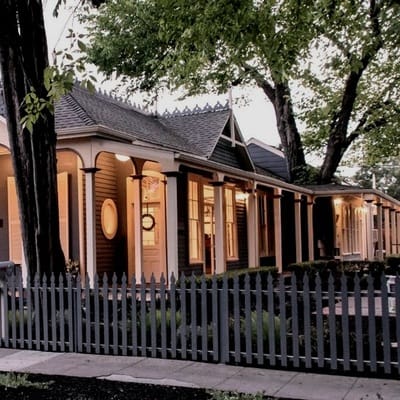
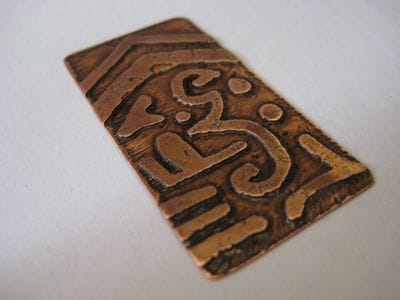
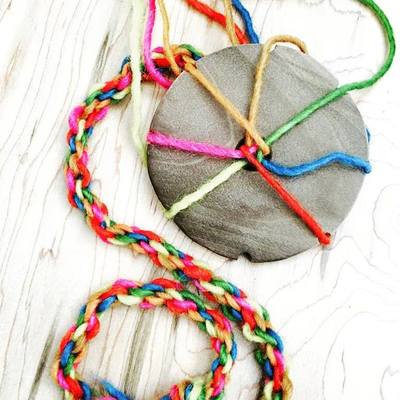
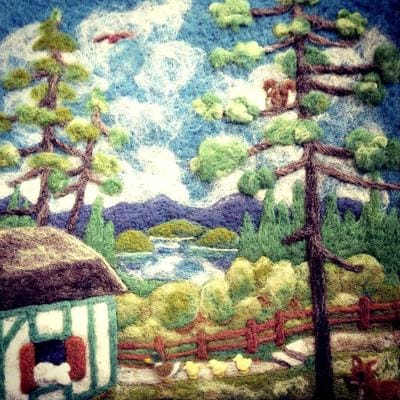
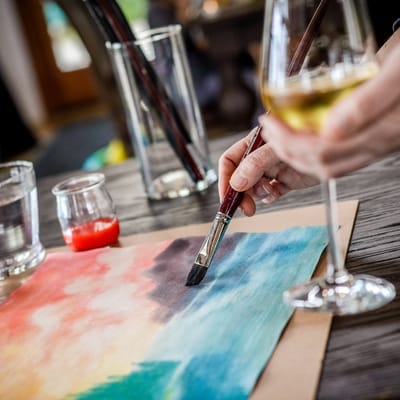
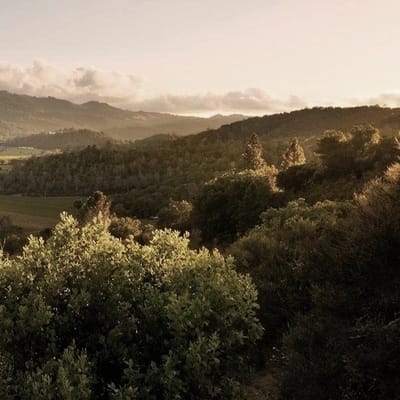
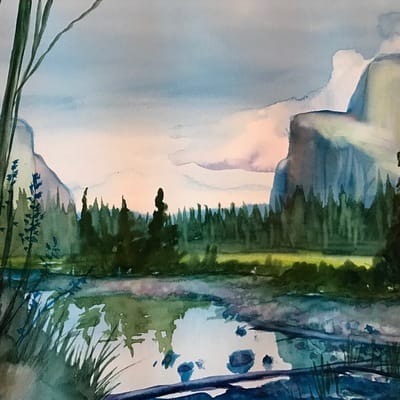
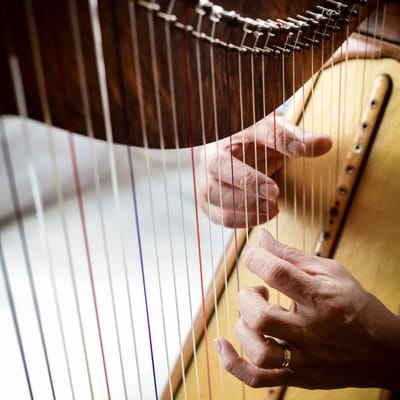
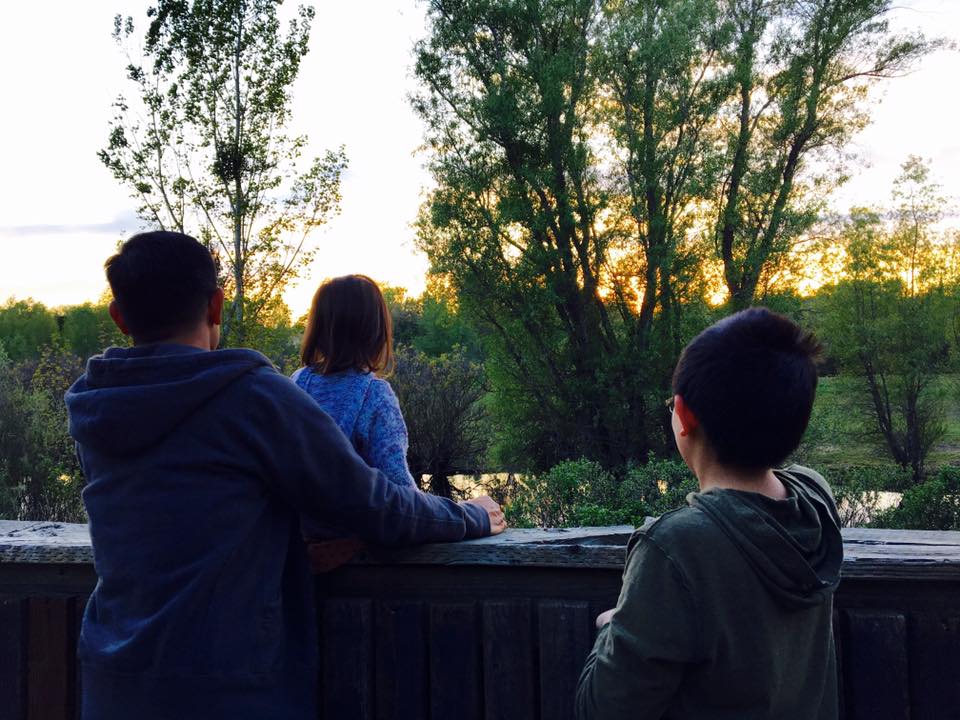
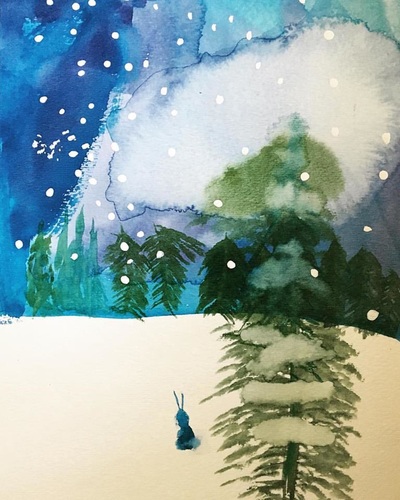

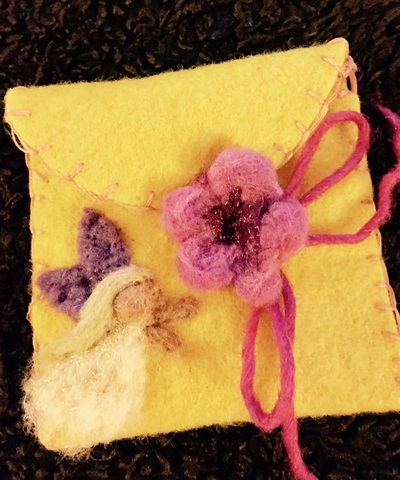
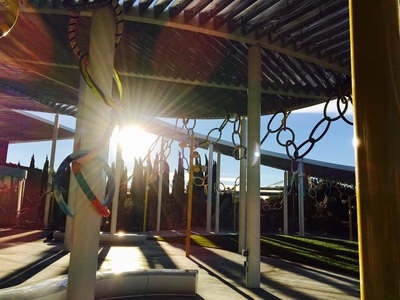

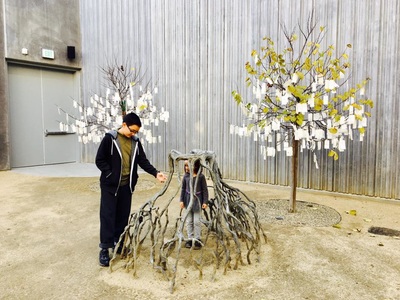

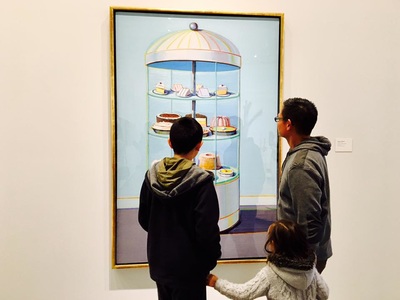
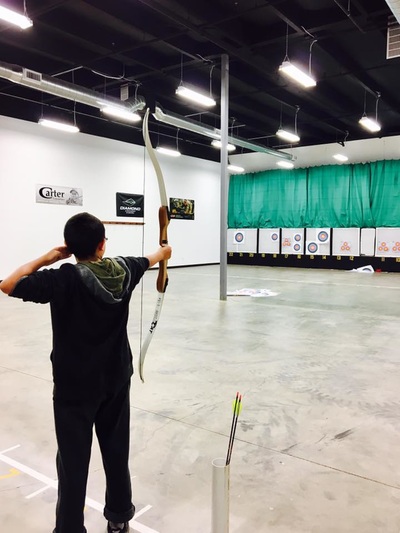
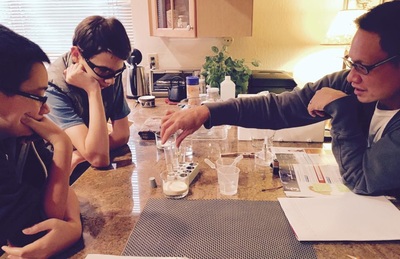
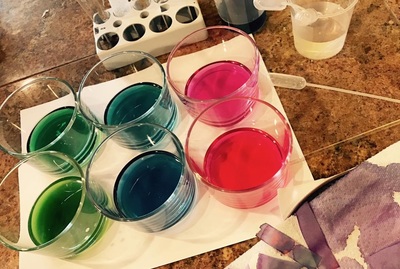
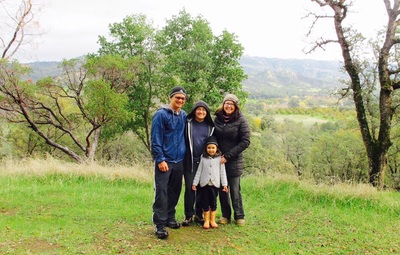
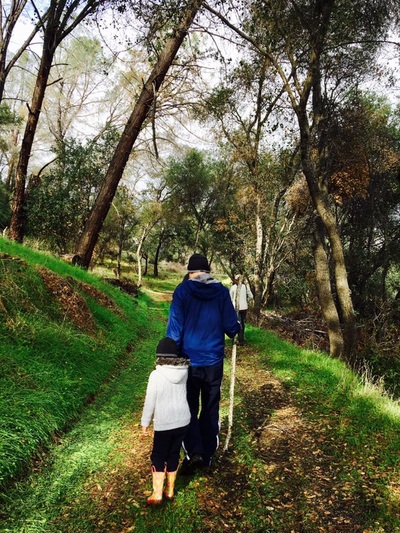
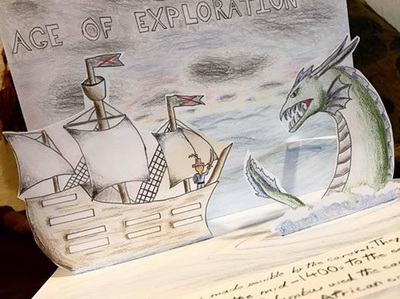

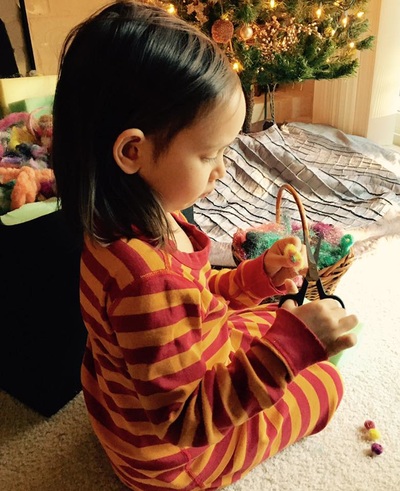
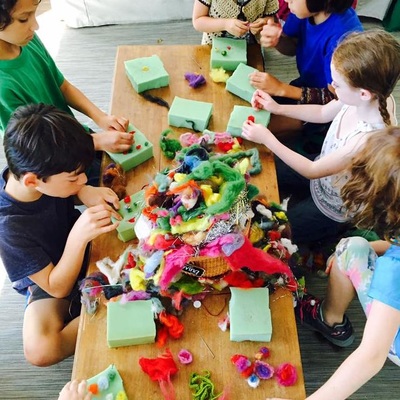
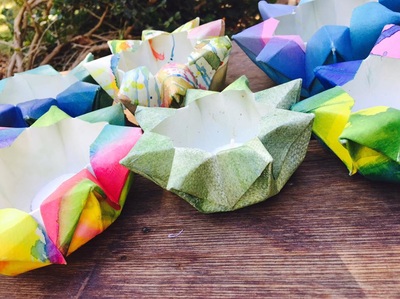
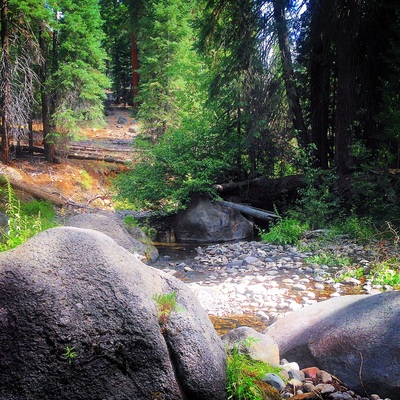
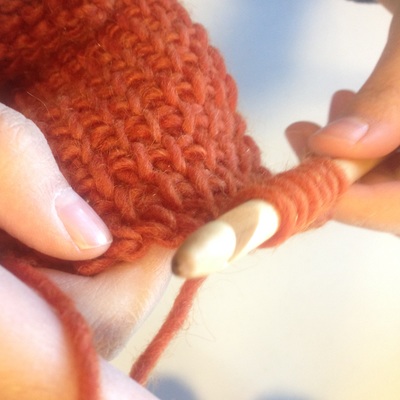

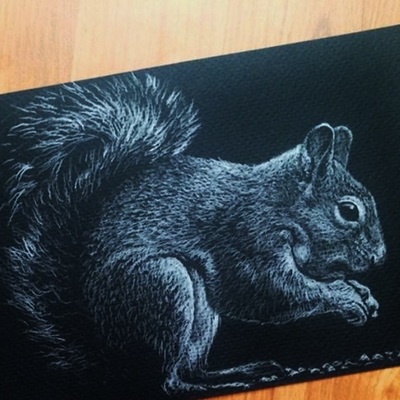
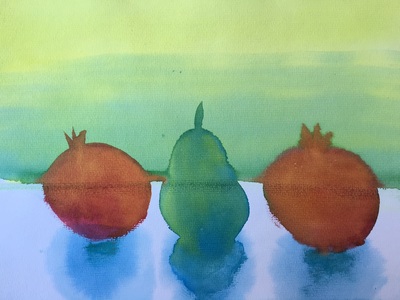

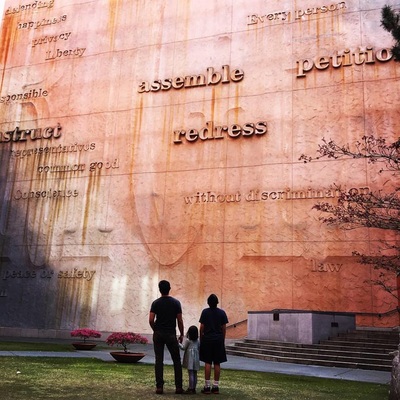
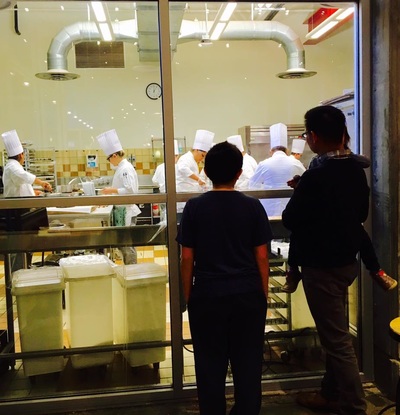
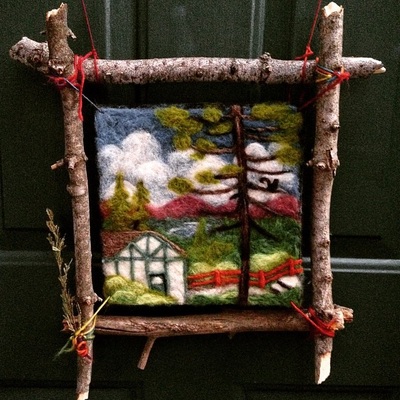
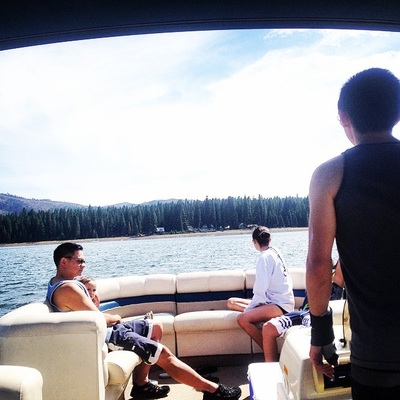
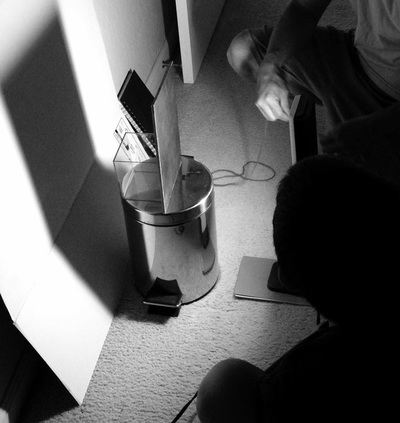
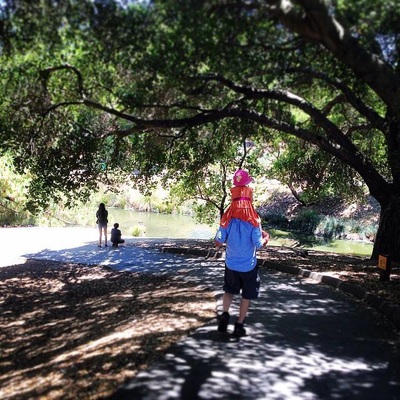
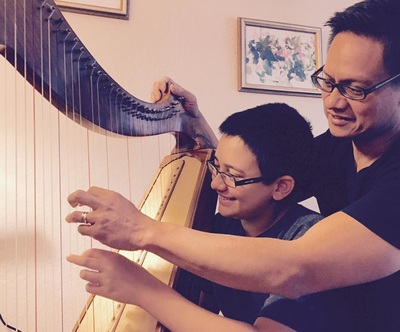
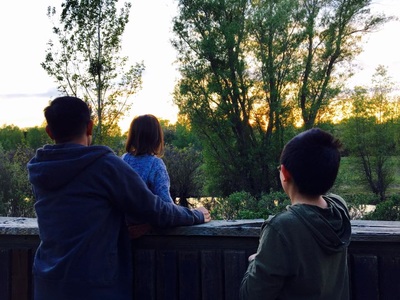

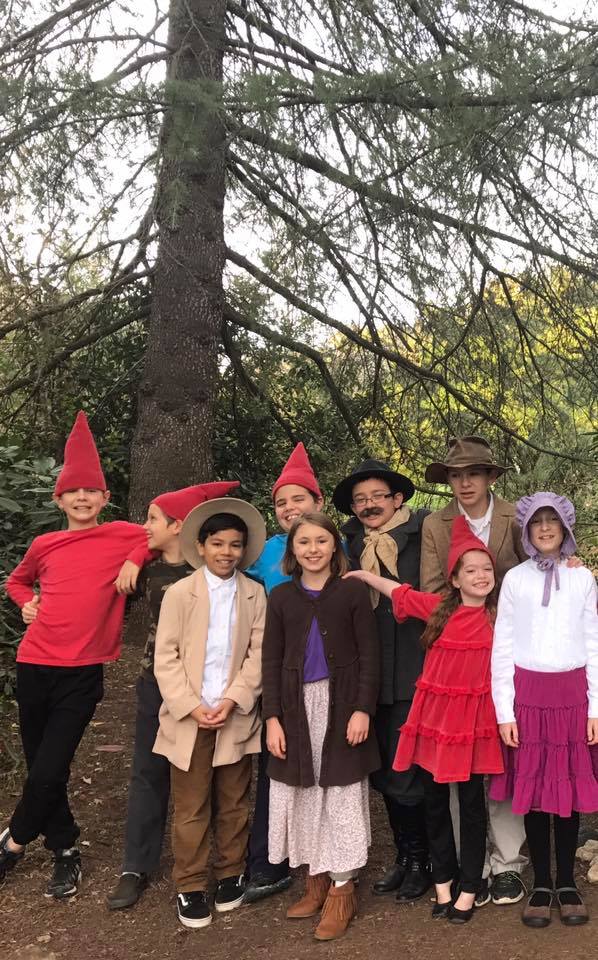
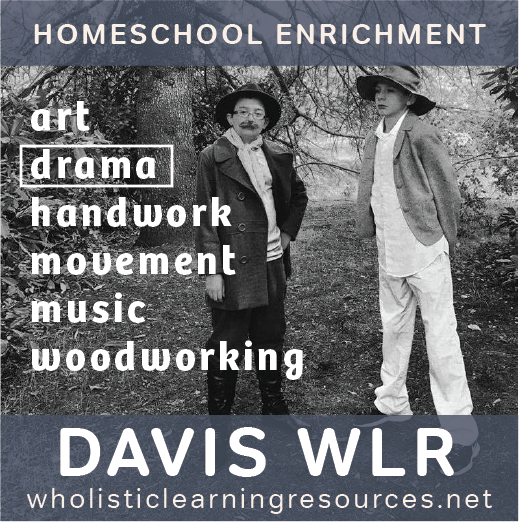

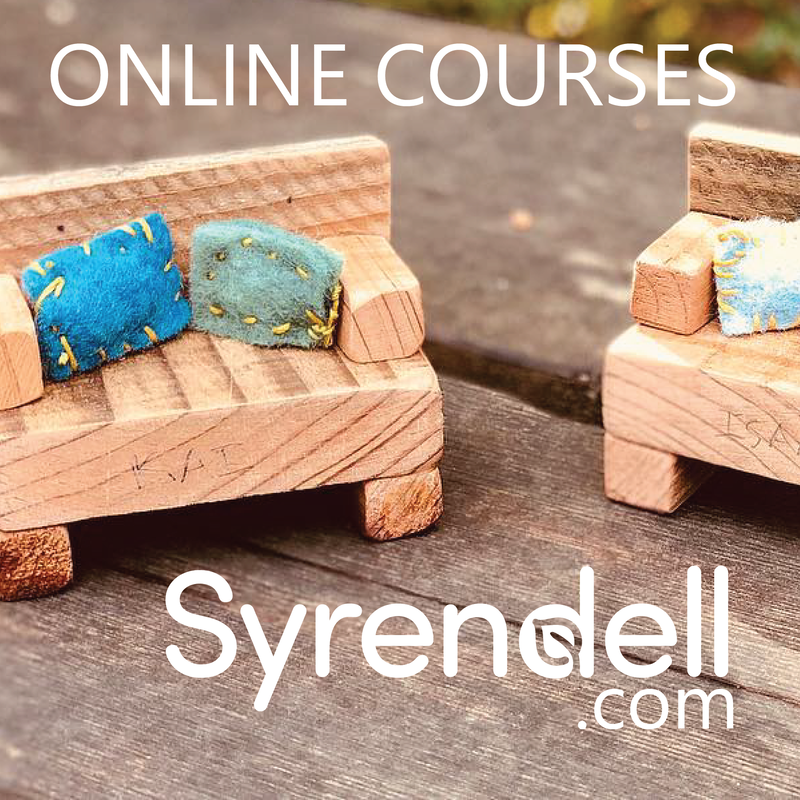
 RSS Feed
RSS Feed
